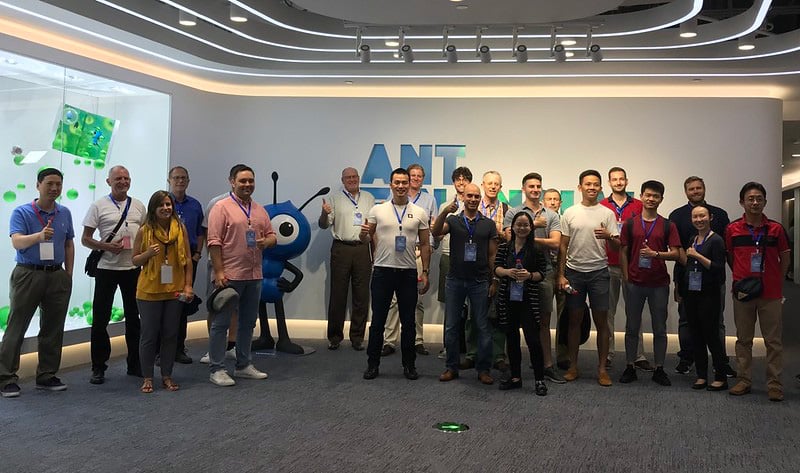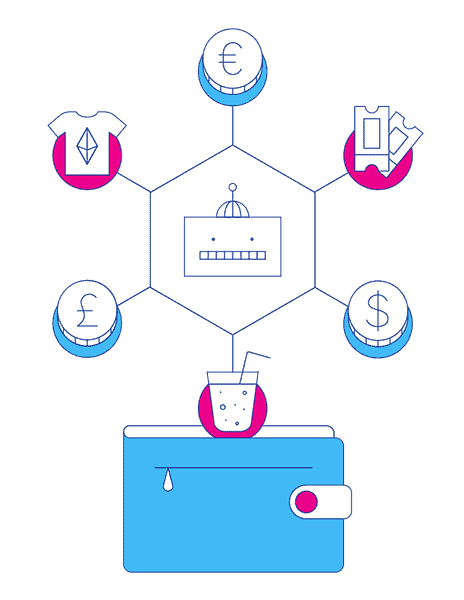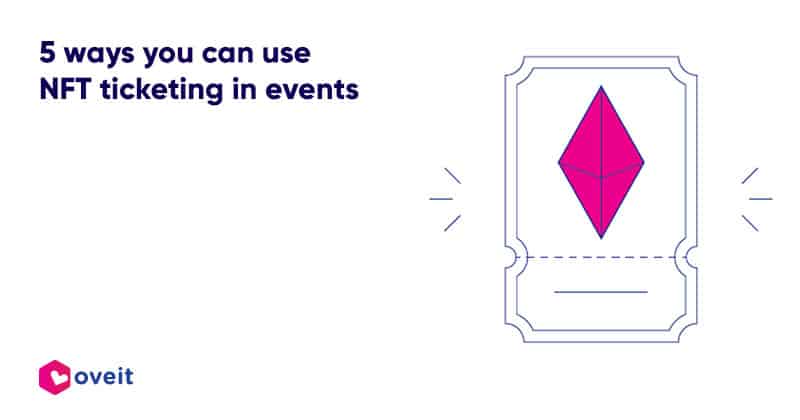It’s been 18 hours since I’ve boarded my first flight. Meanwhile I switched two times. We’ve finally landed. After passing through customs I look for my name. Someone should be waiting for me. I see him. He is a middle aged man holding a tablet with my name on it.
We get to the parking lot and board the fully electric car with a brand logo I don’t recognize. As my host mentions, the government subsidized 50% of its cost.
As we drive to the hotel I look outside and I see hundreds upon hundreds of apartment blocks, many of which are still being built.
It’s July 2018 and I’ve just arrived in the city I’ll call home for the next 10 days, as I network and showcase our technology to local partners. It’s Hangzhou, China. This is where my view on payments tech will change forever.

Electric cars and QR codes
The “small city of four million citizens” was a treat in many ways. Our hosts showcased some of the most advanced Chinese tech companies as well as traditional buildings and artefacts dating back to 2000 BC.
Now, 4 years after Oveit showcased its edge payments technology at the tech conference in Hangzhou, two things still linger on my mind.
The first is just how many electric cars, bikes and scooters roamed the streets. At the time Tesla was hot and growing but not nearly as big as it is right now.
At the time traditional western car manufacturers were still debating whether they should or should not switch to electric. EVs were still a huge gamble. It surprised me to find out that more than 100 electric car brands were active in the Chinese market, with many others providing charging stations, batteries and parts. All the taxi drivers switched to electric cars. It was partly due to cost savings, partly due to the government subsidies and strategic push.

The second big surprise was payments. Specifically QR code payments. One of the companies we visited just passed both VISA and Mastercard in terms of the number of transactions processed. As it turns out, that company’s growth would be stifled in a few years but at the time the energy and enthusiasm was something you can feel in the air. That company was Ant Financial, the financial arm of AliBaba.
Even though the future of the company and its prominent founder remains unclear, one thing is for sure. The total electronic payments market in China kept on growing following my visit and exploded during the Covid-19 pandemic. Tools such as AliPay and WeChat Pay were at the core of this growth and transformation. Their choice in payment processing interfaces was a peculiar technology: QR codes.

In the western world we use different interfaces for online vs offline transactions but both are still governed by the credit and debit card. With the appearance of Apple Pay and GPay, a lot of these payments migrated to the smartphone. Many, but not nearly all. We still use debit cards, credit cards, bank transfers, cash and oh, dear … checks.
This was not the case in Hangzhou. From shopping for clothes to food, from paying your bills and taxi rides to the vegetable market, everyone used an electronic means of payment I found a bit funny at first: QR codes. For me they were a technology that failed to leave its mark in the marketing and advertising industry. What I failed to realize at first was that these were not your run of the mill QRs. They were dynamic, would run on basically any smartphone or tablet, were impossible to fake or copy, secure and easy to use.
QR codes were scanned via mobile apps and the user paid directly from her bank account, simply pointing the camera at the vendor and confirming the transaction. There was no need to carry multiple cards, each secured and processed through a specialized POS. Everyone paid and accepted payments using their smartphones quickly, safely and instantly.
Cash, especially foreign currencies, was discouraged. For some reason – I needed to exchange a $100 bill and it took me three hours to finalize the transaction. Even as a foreigner cash was a no-go.
What did I learn? It was a simple but powerful lesson: that payments in the way we grew accustomed to were now obsolete. The old way was effectively dead. Banking institutions, slow to innovate were still issuing plastic cards (so hot in the 80s) and hardly adapted to the new globally connected world.
The world changed and we, as a company, were part of the wave of changes that were transforming the world of finance and payments. Our story involved a particular market where we were good but in time we decided we want to become the best: cashless payments for live experiences. This now ranges from events and live entertainment venues to travel and hospitality.
The system we showcased in Hangzhou, our edge payments system, went on to power large festivals and venues, with tens of thousands of visitors. As the pandemic reshuffled the world of live experiences, we continued to innovate and ride the wave of change.
Recently, our R&D started playing around and found out what could happen when you combine our existing technology with the decentralized wonder called blockchain. We discovered an interesting concept that we now believe has the potential to transform the world of payments. Just like the QR codes I saw in Hangzhou, it looks and feels peculiar as a payment technology. Enter the NFT.
NFT payments – beyond fancy monkeys
NFTs are self contained digital ownership contracts. When minted to a crypto wallet, the assets this NFT holds are transferred to said wallet. These assets can range from photos, songs, movies to games and more.
But the NFT can also work as a holder of prepacked benefits and digital wallets, holding value, both fungible and non fungible. When combined with the right infrastructure, the NFTs become a payment technology.
In our case we discovered we can connect the NFT to the addons we developed, as well as the virtual wallet that our users pay and accept payments with. The usage can range from prepackaging a beer and a t-shirt to a concert to your next travel package, containing your plane ticket, payments in the city, access to attractions and local businesses or a hotel stay, even when you travel to Hangzhou.
What it can also hold is a virtual wallet. The wallet can be pre topped up, connected to a debit or credit card and can be used to pay. The NFT can become a payment technology, with properties unlike anything before, which we’ll discuss later. All this when the vendors use our Oveit Pay.
NFT payments – beyond bank accounts and transfers
As it turns out, the payments underlying AliPay and WeChat in China, as well as the likes of Revolut and Kash App are interfaces to systems that hold funds and rely on the traditional banking system. However, building upon the classical approach, they have built their own checks and balances systems to operate a secondary payment system. This new layer improves the payment speed, scalability, makes payments more usable and friendly and makes microtransactions possible.
However, operating these systems comes at a cost. These systems handle real money so their infrastructure needs to be maintained constantly, supervised and updated.
At a certain point it’s harder to keep systems secure than it is to build new features like loans, social payments and more.
As it turns out, you don’t have to do that. There is already an existing technology out there that enables fast and secure transactions, without any single point of failure: the blockchain, in its many incarnations.
There are also tools users can tap into to connect to this new technology and purchase, transact and store virtual value: the crypto wallet.
The blockchain ecosystem was in need of some sort of mechanism to point to digital value and move it from one user to another, securely. This new tool emerged in the past two years. It can do anything a bank account does plus what a card and a swift transfer can do. And a bit more. It’s the NFT.
Unlike the wallet, the NFT can hold multiple types of value abstractions. It can be transferred, it can be sold or gifted. Moreover – it can be governed by clear, transparent rules at the time of the minting. These rules are written and exposed to the whole world to audit. They are all set up in what is called a smart contract.

However, there is some confusion when it comes to the general outlook on NFTs and whether they are a useful technology or just a pump and dump scheme. The confusion is the following:
Think of NFTs as a preloaded debit card, with a bank account attached to it, with all sorts of benefits you can claim in the real world or online. It can have money stored in this bank account, it can have membership programs for all sorts of brands and communities. This card can be safely transferred or sold at a profit. It can be used as a collateral. It’s all the financial systems you know, all baked into one. And a bit more as it can be transferred, sold, traced, governed by rules and it doesn’t depend on any one system to run.
So far all we saw was the pretty picture placed on top of the card. But the bank account it was linked to was empty. There were no loaded benefits. No one built membership programs. There were no places you could use it to gain real benefits, in the real world, online or … the Metaverse. People just plastered pretty photos on it and sold them.
This is where we are right now. As with my time in Hangzhou, we all see the photo (back then it was the QR code). We don’t see what’s behind the photo and where it can lead. In the short time we had to get accustomed to NFTs we didn’t see how we could use them to transform payments. We only saw the surface.
Glancing beyond the monkey photos and the doodles, we can see the future of how NFTs can be used for payments as well as value storage and transfer. We can see the financial system moving from a single, monolithic, architecture which is old and slow to adopt change. The system is in the midst of a transformation into a new vibrant system that puts humans and human communities at its core.
Just like our existing civilization, it all started with photos of ape-like creatures doing stuff.
Meanwhile, at Oveit, we are putting this vision to the test with our very own NFT tickets.

